Each day I read in various news reports and items about different safety situations and people getting hurt or killed.
It is rare that there is no report of a fatality somewhere.
These are real people getting killed doing their work. Most of these incidents are not new. Things like a boiler explosion, a grain silo explosion, a train wreck, someone caught between things, someone falling, a crane tipping over, a fire in a refinery, a boat accident, and I could go on and on. It is very sad to think of all the families, their losses and suffering.
The technology is there to avoid most of these situations. There are often safety people somewhere around the incident. Presumably there are supervisors around. Most of these incidents are not occurring with people who are working alone. Who is paying attention?
Tool-box sessions at the start of the day help some organizations.
Training is advocated by a lot of people. Some safety professionals look closely at the causes of these incidents. Sometimes the employer is cited by OSHA or fined. Some states pass new laws to try to force better compliance. All this is focused at things and situations, and not having the positive impact we all want.
Partnering with the People
All this safety stuff, the good and the bad, occurs through people. Most people want to be engaged and involved in their own safety…if anyone will listen. Many people are angry and cynical about safety because no one listens and just imposes the rules. Meaningful conversation is missing.
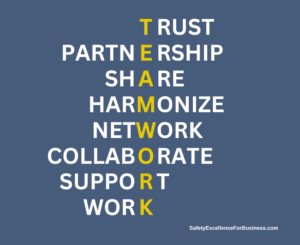
One of the top reasons the OSHA cites organizations is the lack of proper hazards communications.
Hazard Communicating is a core element of any OSHA safety training compliance program, yet it has often been trivialized. You would think that supervisors and safety people would utilize the HazCom opportunity to converse with employees on a regular basis – not wait for an annual review.
Hazards are in the workplace; people need to understand the hazards and Management needs to create the conditions for meaningful, respectful conversations to occur. The conversation avenue for partnering is right there – among our people, not only about hazardous chemicals, but about all safety concerns…all people concerns. Why is there this level of disrespect for the people doing the work? Who cares? This is not difficult work. It takes commitment and time, but aren’t these both worth doing to save a life?
As I engage with people about their work, they are usually quite willing to talk about it, and often have good ideas about how to improve the situation. I have found that in talking together to explore what is the best way to do something, the people get quite interested and pay a lot more attention to what they are doing. Talking with the people, listening, and learning together results in a lot fewer injuries and incidents.
Our safety efforts across the various industries needs to shift to working with the people. We need to help people do things right. We do not need new safety philosophies; we need to be with the people, talking together, listening, learning, growing, and releasing our skills and insights to really make a difference to improving workplace safety.
All of you can walk among the people in your organizations, talking together, listening, learning, and doing together. Try it for 20 minutes a day, every day, for a few months and see what happens. What do you suppose you will begin to see and hear?
Changes Before Us
Change is a time when the possibility for getting hurt increases. By the time you read this, we will have shifted back to standard time. Daylight hour will change. Conditions around commuting will change with different hours and day light.
Some people will be extra tired until they adjust to the different hours. Work conditions may change. Our weather will be getting colder, often wetter, and slippery. Our windshields will need scraping, so we need to start a little earlier.
All this change, the bigger and the smaller ones, will cause us to be more alert and focused. Please pay attention to yourself, others and come home safely each day.
Below is a link to a short recap video on Hazards Communication. As you watch this, count how many opportunities you are provided with daily to:
1) Talk up general and/or chemical safety
2) Converse respectfully with an employee about the work
3) Respect and honor the individual and the task being done
Communicating is a huge key to Partnering in the Workplace. HazCom communications lend an excellent start for meaningful conversations across the board.
Hazard Communication Training for General Industry
from SafetyVideos.com
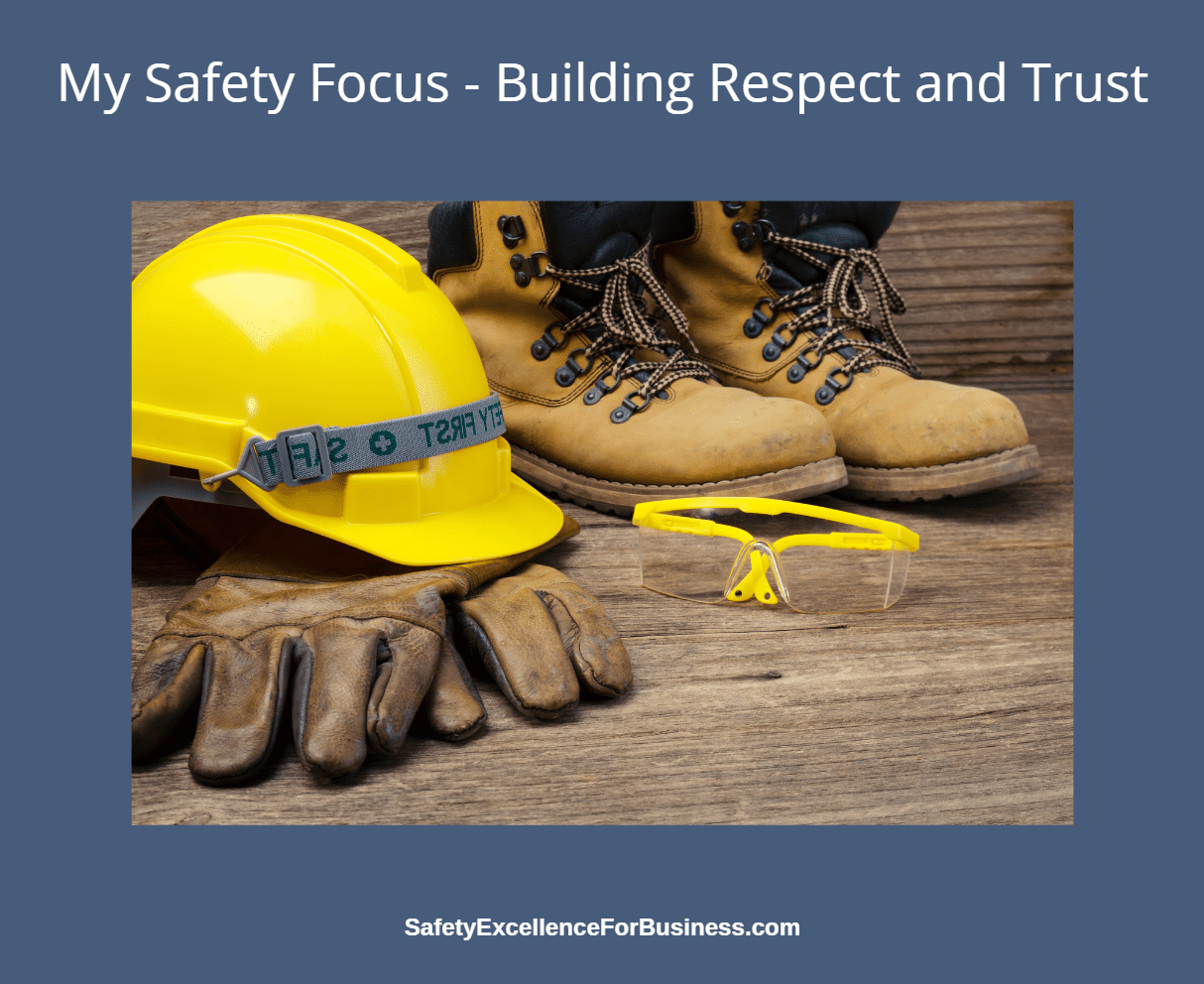
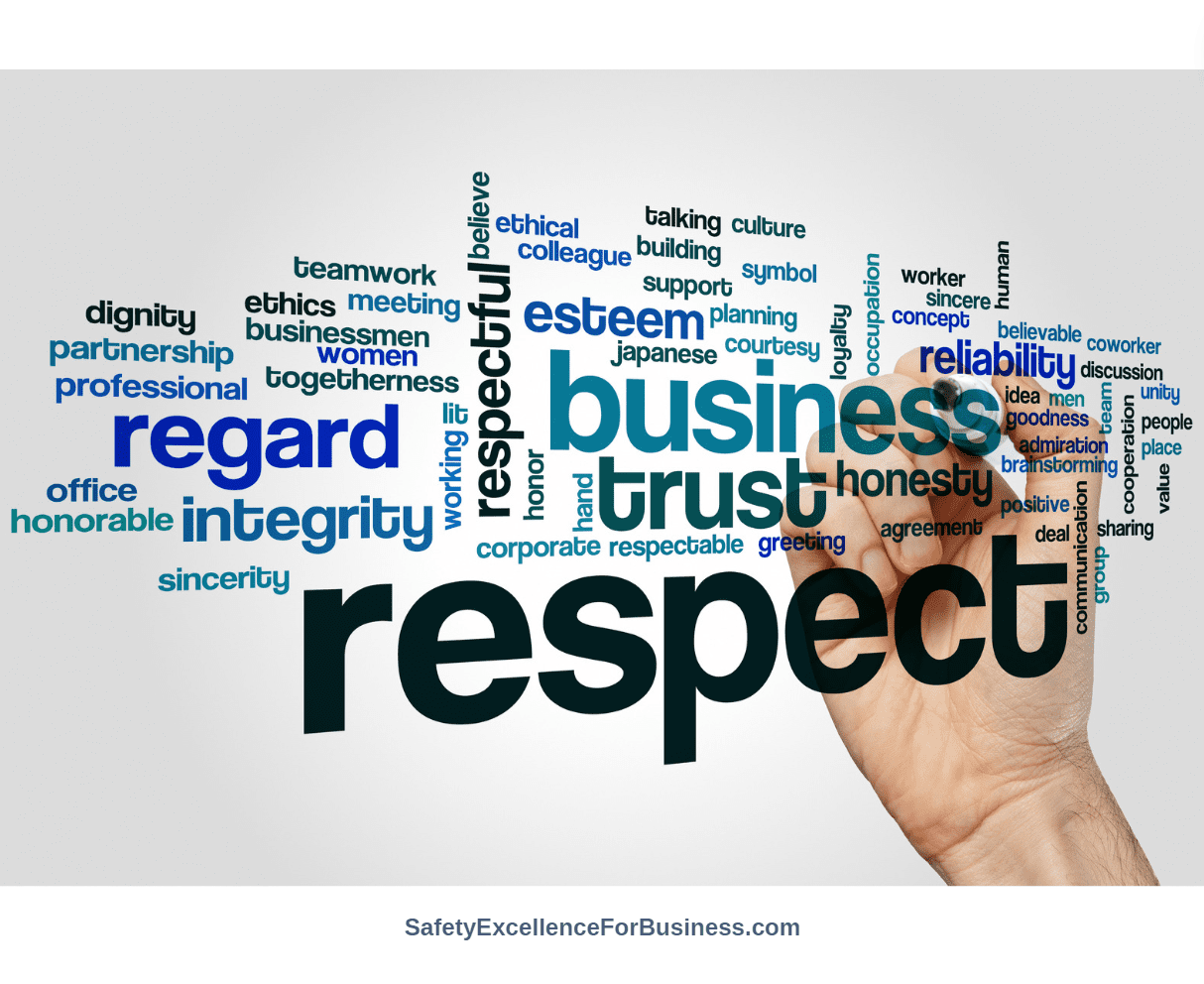
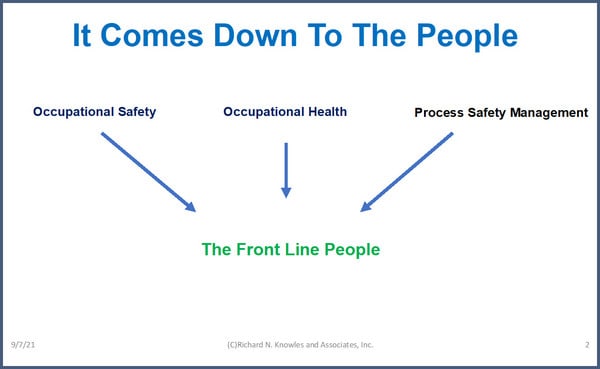
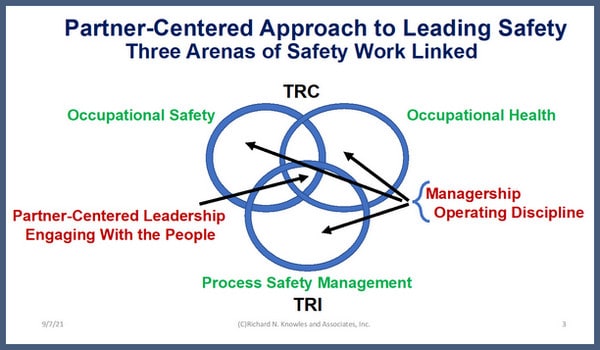

 Learning to work more effectively, through our safety work, spread to the whole organization. Each of you reading this newsletter can make a big difference as you engage with the people in your organizations, sharing information, building respect and trust. The impact of your work will spread.
Learning to work more effectively, through our safety work, spread to the whole organization. Each of you reading this newsletter can make a big difference as you engage with the people in your organizations, sharing information, building respect and trust. The impact of your work will spread.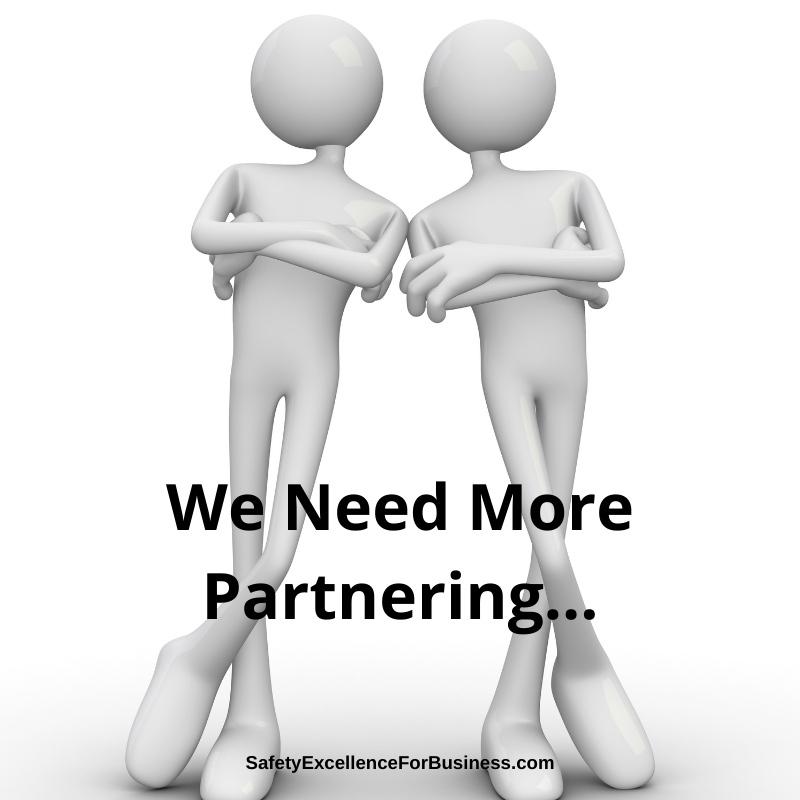 The COVID-19 pandemic, the return to school questions, the protests and riots in so many of our cities, the bitter political campaign, the demand for using the “correct” words, are driving people crazy. The COVID-19, the questions, the anxieties and concerns, spill into our workplaces causing a lot of uncertainty and stress. We see this happening every day. Our businesses, our schools and hospitals, our governments, and not-for-profits, at all levels, are struggling. Changes and pressures are coming faster and faster.
The COVID-19 pandemic, the return to school questions, the protests and riots in so many of our cities, the bitter political campaign, the demand for using the “correct” words, are driving people crazy. The COVID-19, the questions, the anxieties and concerns, spill into our workplaces causing a lot of uncertainty and stress. We see this happening every day. Our businesses, our schools and hospitals, our governments, and not-for-profits, at all levels, are struggling. Changes and pressures are coming faster and faster. In thinking about your own place where you work, what do you suppose it would be like if you did some of these things? Do you think that you could begin talking with others about the COVID-19 challenges and building a more respectful environment? What do you think it would be like if you could openly talk together about the important issues like workable, social distancing and improving the safety of your job?
In thinking about your own place where you work, what do you suppose it would be like if you did some of these things? Do you think that you could begin talking with others about the COVID-19 challenges and building a more respectful environment? What do you think it would be like if you could openly talk together about the important issues like workable, social distancing and improving the safety of your job? When I was transferred to the DuPont Belle, West Virginia plant in 1987, the Total Recordable Injury Case Rate (TRC) was about 5.8 and emissions to air, water and ground, as reported in the EPA Toxic Release Inventory (TRI) annual report, was over 6,000,000 pounds/year. Within three years, both of these had dropped by about 95% to a TRC of about 0.3 and a TRI of about 275,000 pounds/year. Emissions to the environment is one way to measure how well the process safety is working; the better the process safety work, the lower the emissions to the environment.
When I was transferred to the DuPont Belle, West Virginia plant in 1987, the Total Recordable Injury Case Rate (TRC) was about 5.8 and emissions to air, water and ground, as reported in the EPA Toxic Release Inventory (TRI) annual report, was over 6,000,000 pounds/year. Within three years, both of these had dropped by about 95% to a TRC of about 0.3 and a TRI of about 275,000 pounds/year. Emissions to the environment is one way to measure how well the process safety is working; the better the process safety work, the lower the emissions to the environment.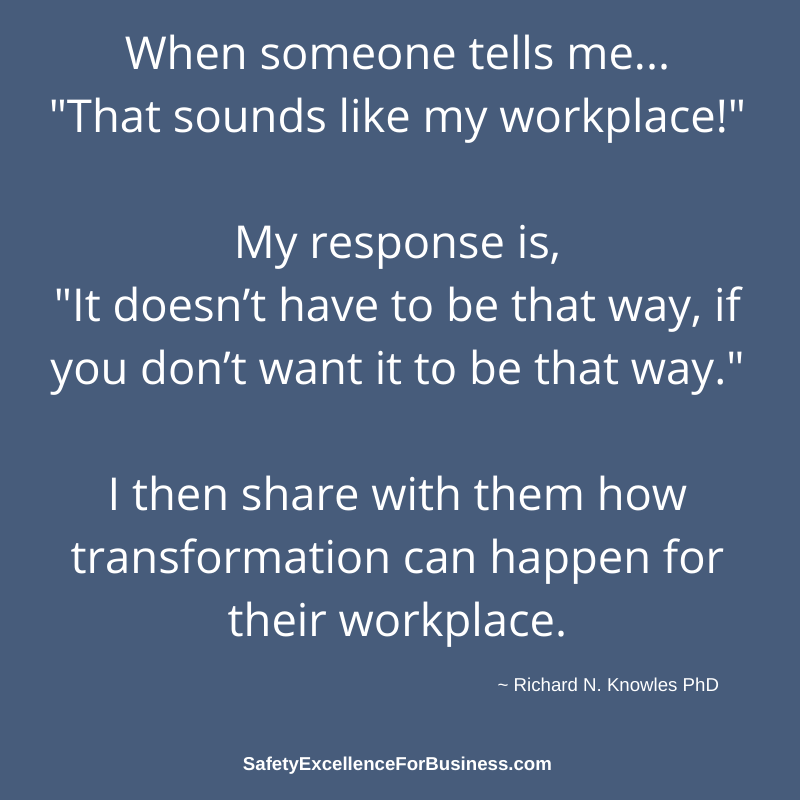 The process safety management collapsed in January of 2010 with major, accidental releases to the air and river and they had a man get killed with a phosgene release. When the US Chemical Safety Board investigated in late 2010, they reported that while the occupational safety and health performance was the best in the DuPont Company, the process safety management had fallen apart and the plant was not even using the DuPont standard procedures. This was a sad commentary about how far things had fallen.
The process safety management collapsed in January of 2010 with major, accidental releases to the air and river and they had a man get killed with a phosgene release. When the US Chemical Safety Board investigated in late 2010, they reported that while the occupational safety and health performance was the best in the DuPont Company, the process safety management had fallen apart and the plant was not even using the DuPont standard procedures. This was a sad commentary about how far things had fallen. Artificial intelligence and robots, block chains and bitcoins, the opioid epidemic, political strife, and workplace violence, international worries and potential conflicts are some of the challenges facing all of us. There is a critical need for people, in all walks of life, to come together to openly and honestly talk about our challenges, share our thinking and learn together. We do not have to be blindly swept along. We can make decisions and do the things that we need to do to help to make the world a better place.
Artificial intelligence and robots, block chains and bitcoins, the opioid epidemic, political strife, and workplace violence, international worries and potential conflicts are some of the challenges facing all of us. There is a critical need for people, in all walks of life, to come together to openly and honestly talk about our challenges, share our thinking and learn together. We do not have to be blindly swept along. We can make decisions and do the things that we need to do to help to make the world a better place.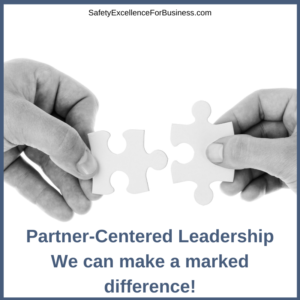 When I talk about safety. my thinking goes well beyond the traditional safety numbers, training and procedures. It includes ideas about respect and how everyone has agreed to work together. It includes ideas about personal responsibility, integrity and dedication to helping everyone improve. It includes openness, honesty and sharing information abundantly. It includes ideas about the deeper, often hidden patterns of behavior which have a profound impact on the work environment and drive much of the behavior. It includes the fact that the managers and leaders have the largest impact on their organization’s performance. It includes the understanding that managers focus on reliability, stability, predictability and control as they try to maintain the status quo and that leaders focus on the people, change and the future sharing information abundantly, treating people with respect and helping people find meaning in their work. Both good leaders and managers are needed.
When I talk about safety. my thinking goes well beyond the traditional safety numbers, training and procedures. It includes ideas about respect and how everyone has agreed to work together. It includes ideas about personal responsibility, integrity and dedication to helping everyone improve. It includes openness, honesty and sharing information abundantly. It includes ideas about the deeper, often hidden patterns of behavior which have a profound impact on the work environment and drive much of the behavior. It includes the fact that the managers and leaders have the largest impact on their organization’s performance. It includes the understanding that managers focus on reliability, stability, predictability and control as they try to maintain the status quo and that leaders focus on the people, change and the future sharing information abundantly, treating people with respect and helping people find meaning in their work. Both good leaders and managers are needed.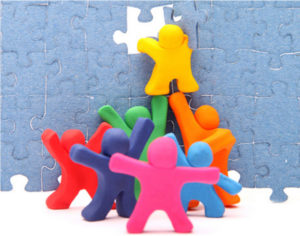 We know that it can, and we prove it over and over again, as we work with leaders, their teams, and their businesses.
We know that it can, and we prove it over and over again, as we work with leaders, their teams, and their businesses.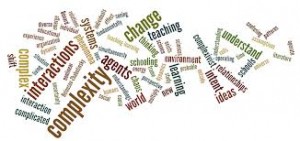 Partner-Centered Safety is a robust, proven way to bring people together to achieve sustainable levels of safety excellence being based on deeply held beliefs and values.
Partner-Centered Safety is a robust, proven way to bring people together to achieve sustainable levels of safety excellence being based on deeply held beliefs and values.



